| In June 2023, the United States rose to become the largest export market for Vietnamese pepper. Continued warnings about international trade fraud in the agricultural sector |
Positive signs appear
According to the Vietnam Pepper Association (VPA), by the end of June 2023, Vietnam exported 152,986 tons of pepper of all kinds, of which black pepper reached 138,377 tons and white pepper reached 14,609 tons. Total export turnover reached 485.9 million USD, black pepper reached 417.9 million USD, white pepper reached 68.0 million USD.
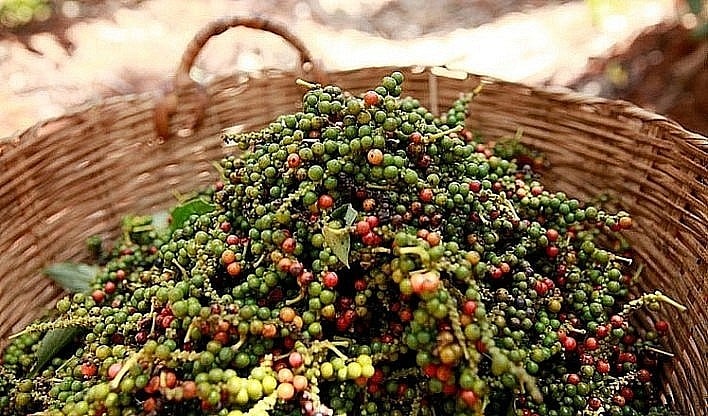 |
| It is expected that all 2023 output will be exported by the end of August. |
Compared to the same period last year, export volume increased by 21.8% equivalent to 27,433 tons, however export turnover decreased by 14.6% equivalent to 82.3 million USD.
The average export price of black pepper in the first 6 months of 2023 reached 3,484 USD/ton, white pepper reached 5,011 USD/ton, down 879 USD for black pepper and 1,070 USD for white pepper, respectively.
Tran Chau is the leading exporting enterprise in the VPA block, accounting for 6.5% of the export market share, reaching 9,926 tons, but compared to the same period, the export volume decreased by 38.5%. Next are Nedspice Vietnam enterprises with 9,542 tons, accounting for 6.2% and decreasing by 0.6% over the same period; Olam Vietnam with 8,492 tons, accounting for 5.6% and decreasing by 40.2%; Phuc Sinh with 8,247 tons, accounting for 5.4% and increasing by 1.6%; Haprosimex JSC with 6,332 tons, accounting for 4.1% and decreasing by 17.7%.
Some enterprises with increased export volume include: Tuan Minh reaching 107.1%; Intimex Group reaching 36%; Hanfimex Vietnam reaching 21.8%; Ptexim Corp reaching 21.0%; Synthite Vietnam reaching 8.7%; Prosi Thang Long reaching 6.6%... Exports decreased at Harris Freeman, Lien Thanh, DK, Son Ha... Leading white pepper exporting enterprises: Nedspice reaching 1,794 tons, Olam Vietnam reaching 1,570 tons, Tran Chau reaching 1,499 tons, Lien Thanh reaching 1,314 tons, Phuc Sinh reaching 925 tons.
In the domestic market, pepper prices have had mixed movements, closely reflecting the market. Until mid-May, the domestic price was at 76,000 VND/kg, then the price continuously decreased and is now only around 70,000 VND/kg.
Weak purchasing power from traditional markets such as the United States and Europe, plus signs of slowing down from the Chinese market which has reduced purchases since June, plus the psychology of waiting for the harvest in Brazil and Indonesia, are the reasons for the decline in pepper prices .
 |
| Pepper exports of producing countries in 2023 |
According to Ms. Hoang Thi Lien - President of Vietnam Pepper Association, the pepper export volume in the past 6 months shows that this year's quantity is not much, it is expected that by the end of August, all of the 2023 output will be exported, so it is possible to hope for a positive impact on the market in the last months of the year.
In addition, the World Bank forecasts that some economies such as the United States, Europe and China have positive prospects by the end of the year, so the purchasing power of pepper and spices in these markets will improve again. This may also affect prices from now until the end of the year.
Taking advantage of opportunities from the EVFTA Agreement
According to Ms. Hoang Thi Lien , the EVFTA has created many opportunities, but exports and market expansion have not yet met their potential because the EU's conditions and standards are quite high and strict in terms of quality, traceability and food safety. Not to mention the impact of the Covid-19 pandemic and the global economic crisis caused by the conflict in Eastern Europe. "Due to the impact of the Covid-19 pandemic in 2020-2021, in 2022, Vietnam's pepper export turnover to the EU decreased, but the market share reached 17.1%, only slightly down from 18.2% in 2021," Ms. Lien said.
 |
Export of some Vietnamese spice products to the EU from 2020 to June 2023 (Source: General Department of Vietnam Customs) |
It can be said that compared to Brazil, Vietnam still maintains an immediate advantage, but in the long term, it needs to continue to improve quality and exploit different market segments because the EU continuously updates and strengthens the application of sanitary and quarantine measures, green growth criteria and sustainable development for imported agricultural products.
Therefore, in addition to the competitive advantage in price, Ms. Hoang Thi Lien recommends that Vietnamese enterprises need to aim at competition by satisfying strict requirements and criteria from the EU to maintain their position and at the same time participate more deeply in other markets. Enterprises can consider from a comprehensive perspective such as improving factories and processing facilities, production processes; diversifying products; updating market information including tariff incentives, quarantine and food safety requirements, technical barriers, rules of origin, green growth criteria.
Source link




![[Photo] Closing ceremony of the 18th Congress of Hanoi Party Committee](https://vphoto.vietnam.vn/thumb/1200x675/vietnam/resource/IMAGE/2025/10/17/1760704850107_ndo_br_1-jpg.webp)


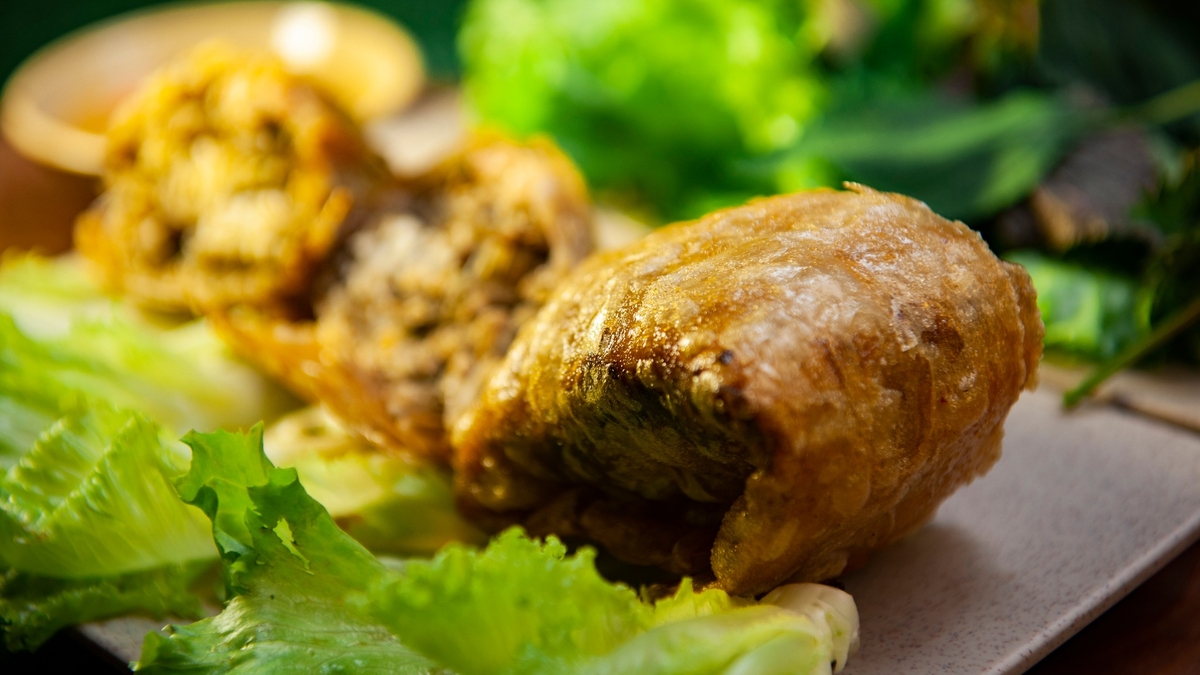
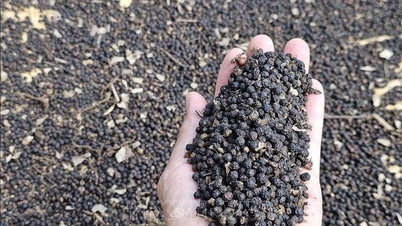

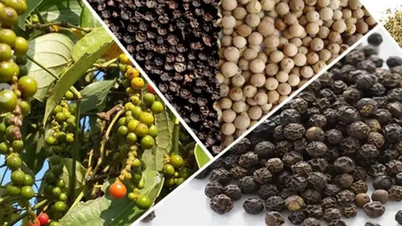




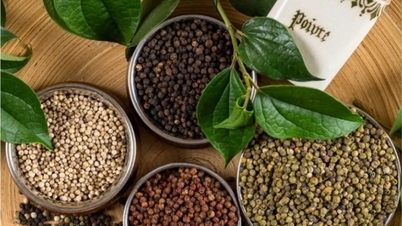



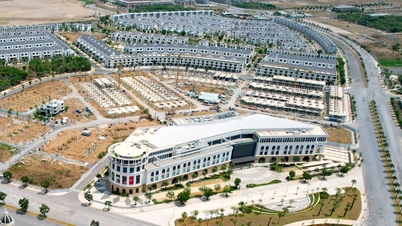






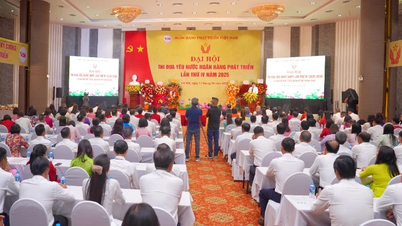








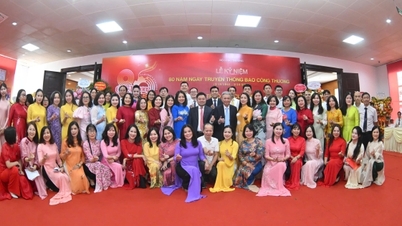
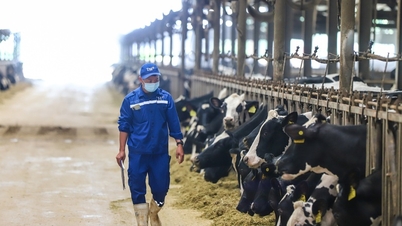

![[Photo] Nhan Dan Newspaper launches “Fatherland in the Heart: The Concert Film”](https://vphoto.vietnam.vn/thumb/1200x675/vietnam/resource/IMAGE/2025/10/16/1760622132545_thiet-ke-chua-co-ten-36-png.webp)






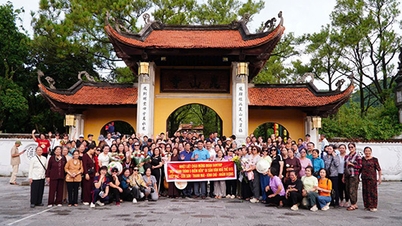
















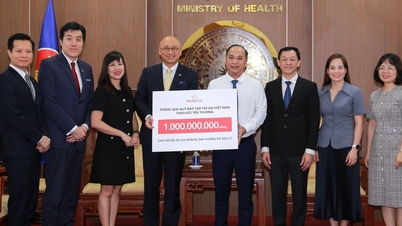




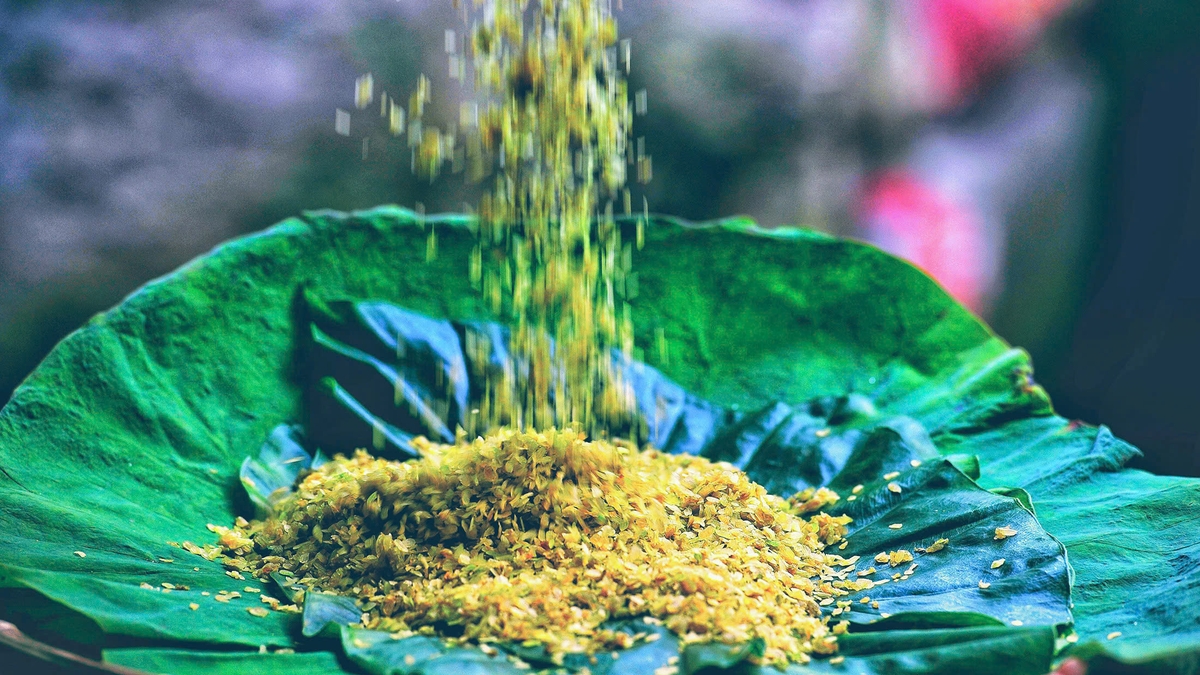



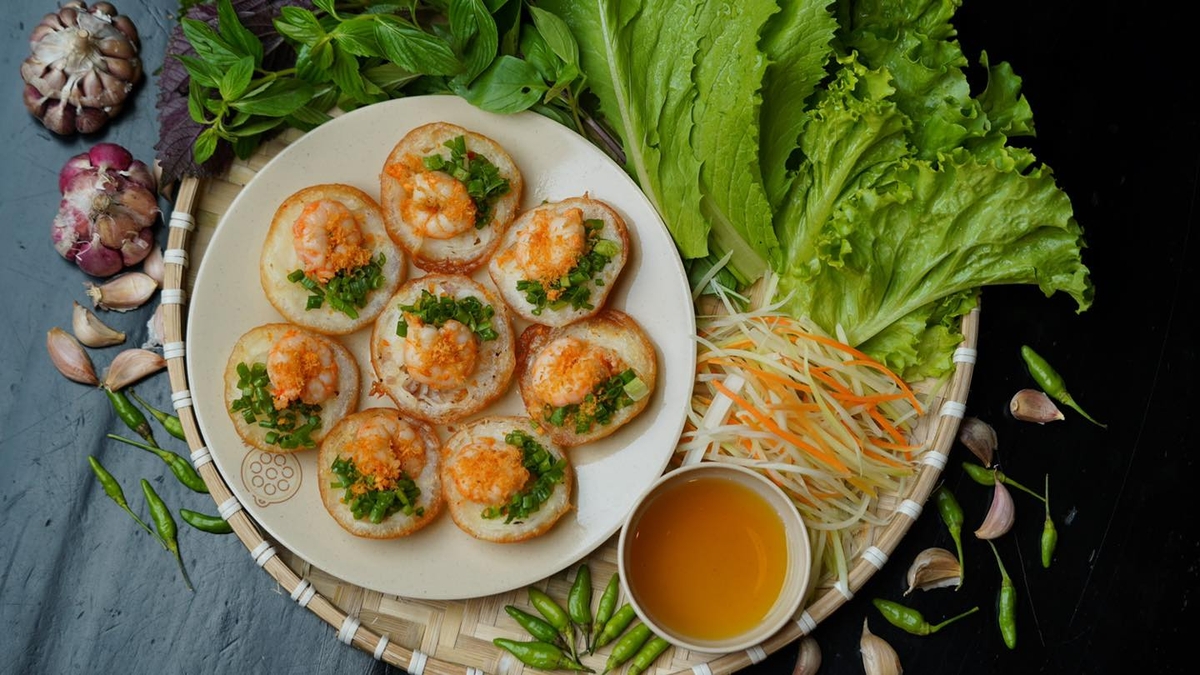





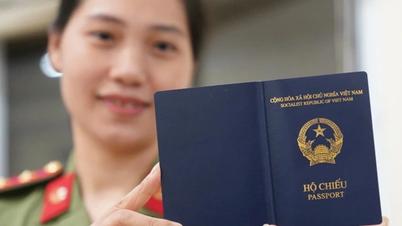





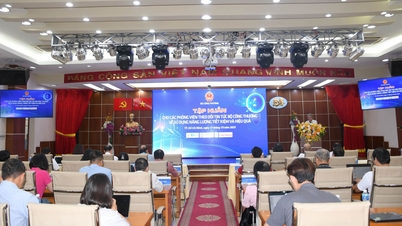


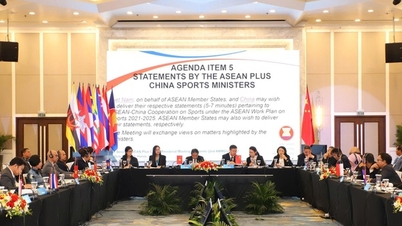
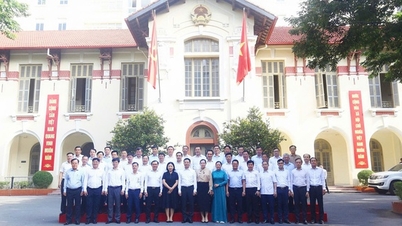



![[Photo series] The beauty of women in labor](https://vphoto.vietnam.vn/thumb/402x226/vietnam/resource/IMAGE/2025/10/18/1760739057545_1_20251017145220.jpeg)




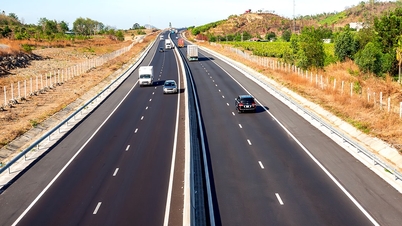



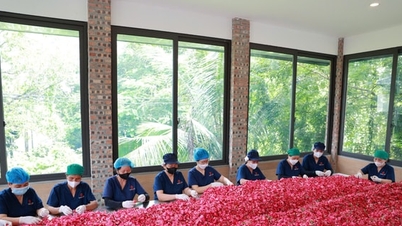













Comment (0)